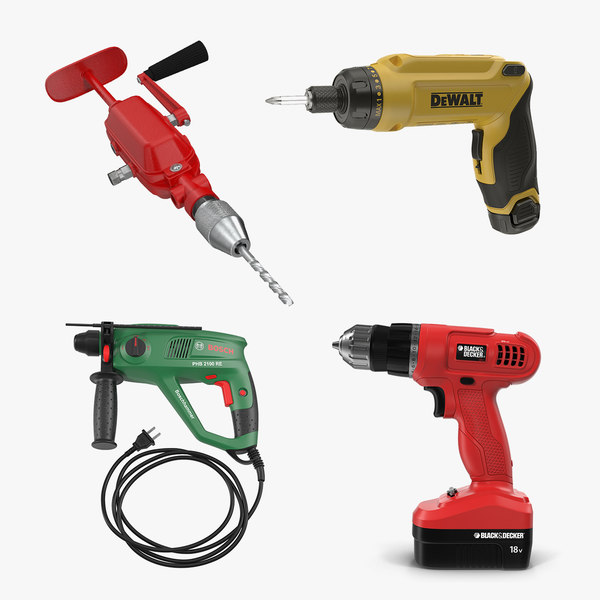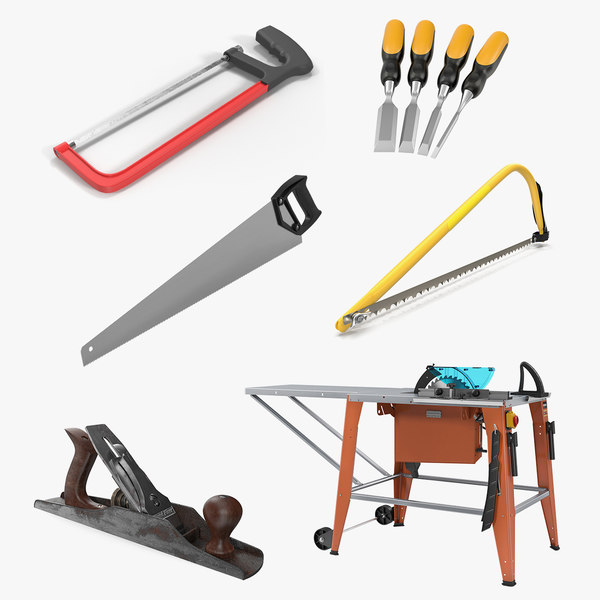040 89 39 71 https://issuu.com/relevantrankings/docs/cordless-drill-comparison-chart-201 *******

Cordless drills are powered from a battery, giving you the freedom to finish tasks in areas where you don't gain access to a power outlet, as well as small, hard-to-reach places in which a cord can get in the manner. These power tools have come a long way, along with their blend of power, compactness, reliability, convenience, and value cause them to the choice for professional contractors.
The Motor
Let’s begin by considering raw power. The voltage rating of your given drill is a good predictor of overall power and an excellent point for cordless drill comparison. A 12-volt drill is acceptable for lighter drilling and fastening jobs. It’s smaller and more portable than most 18 or 20-volt drills that are designed for tougher materials, longer fasteners and larger bits. Make sure to examine the max rpm of your drill prior to buying. By way of example, a drill that runs at 1500 rpm is undoubtedly an average maximum. Anything with under 1500 max rpm will not be the ideal choice for big jobs. Many top-rated cordless drills feature brushless motors, and they can have a higher rpm with less electricity, making them more robust, durable and energy efficient.
 Makita XFD07T
Makita XFD07TBattery Type
Irrespective of how good, expensive or fancy a cordless drill is, when it has an inferior battery. The more effective a battery may be the better performance your drill will have and the longer it can last between charges.
Battery longevity is going to be affected by a variety of factors:
The material being drilled, the temperature, and is also the drill in continuous use or intermittent use?
The greater number of expensive kinds of cordless drills have power supply indicators that tell you exactly how much life of the battery remains. The main benefit to the meter is just not getting the battery completely drain in the middle of a project. It affords users the cabability to policy for longer projects and make the desired arrangements to either possess a full charge just before the project is started or have got a backup battery good to go when the first one is drained.
New cordless tools are using state-of-the-art lithium-ion battery technology. Lithium-ion batteries are typically smaller and lighter than additional options. Lithium-ion batteries also have a longer life, take much less time to recharge, and also have a longer storage life.
Older nickel-cadmium (NiCd) batteries certainly are a low-cost option rich in cycle durability. Consequently NiCd batteries might be charged and discharged numerous times just before the battery should be replaced, nonetheless they will not last given that Li-Ion. New tools usually are not being developed with NiCd battery technology.
Recharging
Old-school battery chargers took 3 to 5 hours to replenish battery lifespan. Modern "smart" chargers, by contrast, can recharge a lithium-ion battery in 15 to 1 hour. Some models may even charge a couple of batteries at the same time. However, some cheaper drills and drivers will still require substantial charging times.
Brushed Motors
Brushed motors are traditional standard DC motors, which use electrical currents through brushes to drive the drill. These motors will be more cost-effective than brushless and are easier to repair; however, they can be larger and heavier. They are a wonderful option in case you are cost-conscious and simply going to apply your drill on occasion.
Brushless Motors
Brushless motors are DC electric powered, controlled by an electronic controller, and employ magnetic fields to produce power. Brushless motors deliver as much as 30% more power, longer run time, increased motor life, plus a better power-to-weight ratio (which makes them more compact and lighter). Even though they cost more upfront, they perform better and last an extended period.
Chuck Size
The chuck is definitely the name in the clamp that supports the drill bit set up. It’s an important feature to learn when looking for a cordless drill because the chuck size determines how big the bit that this drill may use. ½" and three/8" are the two most common chuck sizes. For durable work, you’ll discover that a ½" chuck will perform a lot better and handle the stress easier. Smaller or less-expensive models may have a 3/8-inch chuck. Keep in mind that this can be still usually more than adequate for light duty in your home.
Torque
Torque is the volume of force the drill is able to generate to transform an accessory. Torque is measured in "inch-pounds." Most 12-volt and 18-volt drills have enough torque to acquire a wide assortment of jobs done. The amount of torque needed depends upon the diameter size or even the material density. The tougher the application form, the greater the torque required.
Convenience Features
The functions users find very useful on the cordless drill add a life of the battery gauge, a trigger-activated LED light to illuminate the work area, and storage from the handle for more bits. Carrying cases and belt hooks will also be popular - especially hooks that may be switched to hold on either sides for left- or right-handed users.
Try before you purchase.
It's always wise to try tools directly, if you can. An internet site can advise you simply how much the tool weighs, yet not the actual way it feels up to you. An effective cordless tool should feel balanced, not front-heavy, as you may hold it. The trigger needs to be responsive without being overly sensitive or tough to depress. Make sure to can certainly remove and replace battery, too.